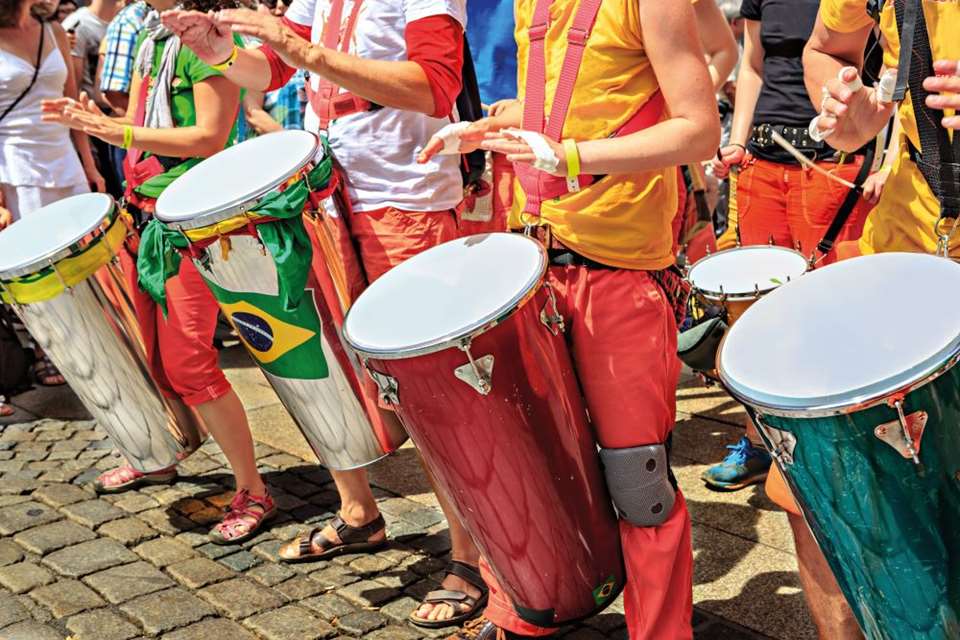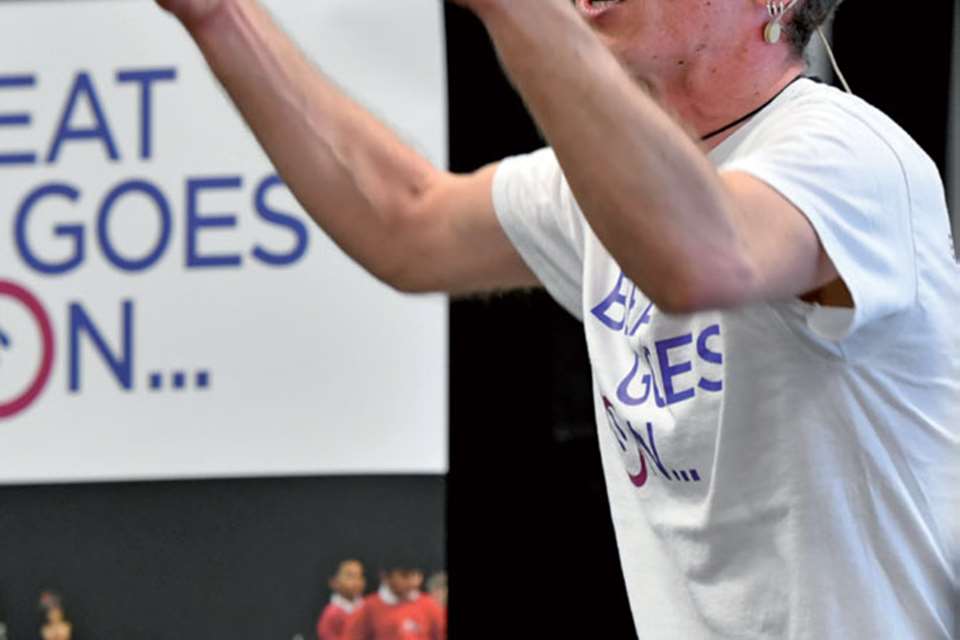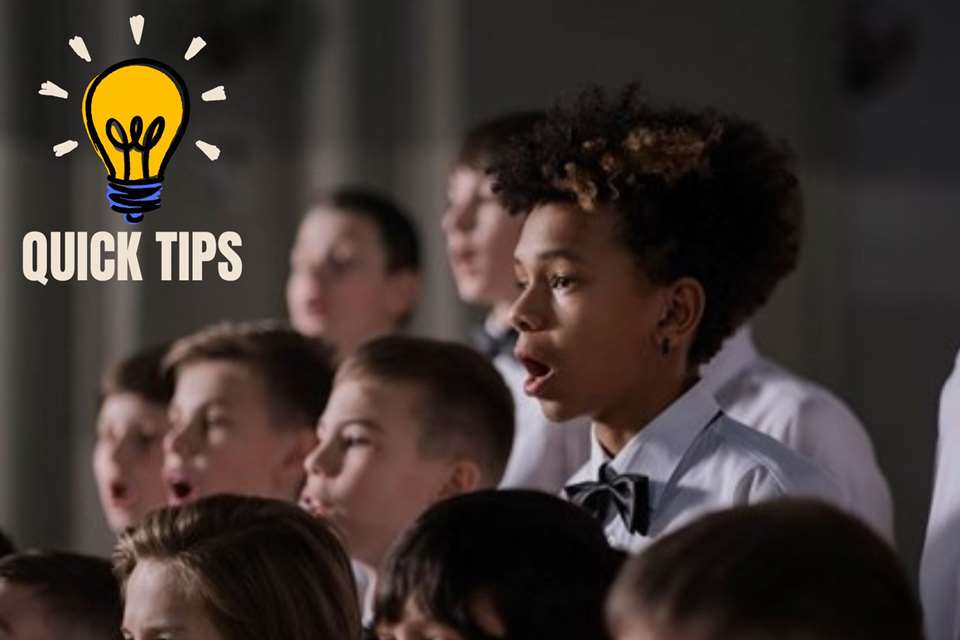Quick tips for teaching rhythmic dictation at KS3
Dice Wood
Thursday, February 1, 2024
In the first of a two-part series on teaching dictation, Dice Wood, a teacher at Maidstone Grammar School for Girls, shows how to develop rhythm skills

Dice Wood
Build sound recognition. Introduce rhythm through games like ‘Don’t Clap This One Back’, where students not only have to listen but also discriminate between rhythms. Using games as a method for introduction takes any fear of getting things wrong out of the equation. If they feel like they are united at winning points against the teacher, they are likely to get very competitive (play ‘first to three’, class or teacher).
Use sound-words to build familiarity. Using words to help students understand what rhythm sounds like – for example, tea (crotchet), coffee (quavers) and Coca-Cola (semiquavers) – allows them to recognise rhythms more easily in their minds, preventing cognitive overload.
Get students composing early. Using the rhythms they have mastered so far, get students to create four-beat patterns. Give them the opportunity to perform these to the class and have the rest echo it back. To extend this exercise, get students to identify which rhythms were used. You could also add different rhythms together to make themes or create a call-and-response using an amalgamation of different students’ ideas. Get students to discuss and vote on which ones work best together and why.
Build in visual recognition. Once students are confident playing with and manipulating short rhythmic ideas, introduce traditional rhythmic notation as a way of helping them remember longer sequences. Notate something they already know so that the visual notation hooks into something in long-term memory. Familiarity is key to helping them digest new information.
Extend their vocabulary of rhythm. Gradually add in other rhythmic elements, such as rests, dotted rhythms and triplets. Look at pieces you are performing with students to see which rhythmic elements might be useful to introduce in your dictation games.
Make it practical and a real-world situation. All musical activities should relate back to practical performance opportunities. Getting students to learn and perform a rhythmic piece gives them a chance to see how the notated elements are used and why scores can be useful. A good example is Jane Werry’s ‘The Next Train is Calling At…’, printed in the ‘Exploring rhythm’ resource on the MT website. For more complex rhythms with older students, ‘Geographic Fugue’, by Ernest Toch, is a firm favourite.
Get students discriminating between notated rhythms. Give students four notated rhythms with small differences between them; get them to identify which one you are clapping. To save time, you could use a random rhythm creator such as 4four.io
Make it more complex. As they get confident, add in syncopation or accents on the beats to challenge your students. Don’t forget to use different time-signatures too, introducing compound time or irregular time-signatures such as 5/4.
Build up independence. Give students the start and end sound-words of a rhythm; see if they can work out the sound-words used in between. This is harder as they no longer have multiple-choice options to choose from. Move it up another notch by linking it to the GCSE-style questions, getting them to do the same task but with rhythmic notation.
Celebrate success. This skill is something many students will find challenging. Ensure you celebrate the small wins each student makes with positive comments and reward points. It does a great deal to keep students motivated and engaged. Remember to keep the tasks within the range of ‘desirable difficulties’ – it needs to be hard enough to give them a sense of challenge and achievement, but not so hard it feels impossible.
Have you got ‘quick tips’ on an area of teaching you’d like to share? If so, email the editor at music.teacher@markallengroup.com






